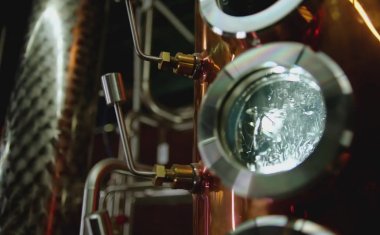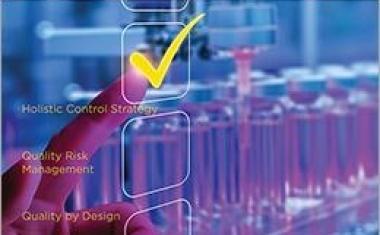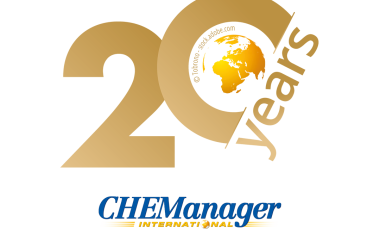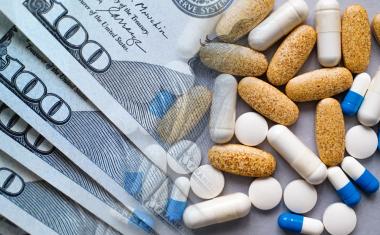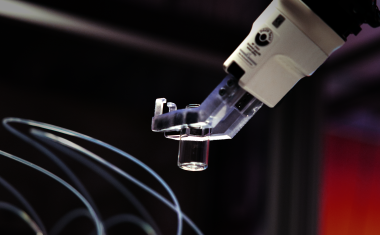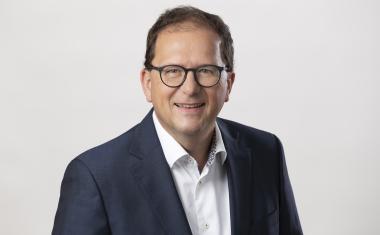Cost, Quality And Reliability
Pros And Cons - European pharmaceutical manufacturing and API production has experienced a shift of a significant proportion of total production to Asia in recent years, driven primarily by the associated lower production costs. However, more recently both quality control concerns and intellectual property protection issues have led to a return in sourcing from European producers. This article examines how European producers can develop strategies to capitalize on lower Asian production costs, as well as discussing planned regulatory changes that would increase supply chain complexity for pharmaceutical companies sourcing directly outside of Europe.
Traditionally, Europe is considered to be Western Europe when the focus is on API production and manufacturing. However, the Central and Eastern European (CEE) region is emerging as a sourcing destination, with lower salary and production costs vs. Western Europe. Particularly Poland and the Czech Republic have highly developed pharmaceutical industries, numerous API sourcing and contract manufacturing companies and a rapidly developing biotechnology industry. Both countries are members of the Pharmaceutical Inspection Convention and Pharmaceutical Inspection Cooperation Scheme (PIC/S), guaranteeing high level of implementation of internationally recognized GMP rules. Other CEE PIC/S members are Estonia, Latvia, Lithuania, Hungary, and Slovakia.
Diversifying Manufacturing Sites to Lower-Cost Locations
An example of the move by EU manufacturers to capitalizing on lower Asian production costs is the Lonza Group's announcement in October 2009, of its intention to move small molecule production to their existing platform in Nansha, China, as well as other unrelated operational streamlining activities including plant closures in the U.S. and Europe. The reason cited was that due to the economic downturn, cost reduction efforts of the pharmaceutical industry had accelerated, with customers requiring mature regulated products at competitive prices. Lonza CEO Stefan Borgas stated at the time: "The re-engineering project is a key element in our endeavor to bring Lonza back to a sustainable growth."
Biopharmaceutical Manufacturing Focus
Two areas in which European manufacturers have been traditionally strong is in biopharmaceutical production and the production of high potency APIs. Boehringer Ingelheim has Europe's largest biopharmaceutical plant in Biberach, Germany, where three of the world's best-selling biotechnology products are produced. Asian producers are developing capacity and capability in biopharmaceutical production, and European manufacturers face increasing competition in this area.
High Potency API Focus
The high-potency API (HPAPI) market is driven by the demand in oncology drugs, which show the strongest growth of any therapeutic category in the pharmaceutical industry. A large portion of the growth is due to monoclonal antibodies, but chemical agents are still the biggest sellers. Increased use of monoclonal antibody-drug conjugates (ADCs) is driving the demand for chemical cytotoxic manufacturing as well. Other drugs classed as highly-potent according to their occupational exposure limits include opioids, some hormonal agents and prostaglandins.
Development pipelines have increasing proportions of HPAPIs. Numerous European API manufacturers possess strong HPAPI production capabilities. Carbogen Amcis was acquired by Dishman Pharmaceuticals and Chemicals in August 2006. Dishman announced a focus on high-potency therapies including steroids, hormones, isotopes and cytotoxics in January 2010. The strategy is to increase their presence in HPAPI's over the next two to three years. Dishman claim that HPAPI production costs in India are one quarter compared to Western countries. The company plans to invest $20 million for development of facilities at its Indian SEZ (special economic zone) site.
Cipla, Ranbaxy, Dr Reddy's and others produce HPAPIs for generic formulations under Class II & III. Dishman's facility utilizing Carbogen Amcis technological expertise will produce Class IV substances. All HPAPI products will be exclusively produced for Carbogen Amcis, who in turn will supply to their multinational pharmaceutical clients.
Increasing Regulatory Controls
In December 2008, the European Commission adopted a communication and three legislative proposals to amend Directive 2001/83/EC - the "pharmaceutical package." It aims to ensure European citizens benefit from a competitive pharmaceutical industry generating safe, innovative and accessible medicines.
One of the proposals is an Anti-Counterfeiting Directive that aims to protect EU citizens from threats posed by fake medicines. The intention is to protect the legal distribution chain from infiltration by fake medicines, by imposing controls on all players in the distribution chain of medicinal products. This includes those involved in transactions without actually handling products. The proposal is currently at the first reading stage.
The European Parliament has made amendments including enlargement of scope to include, in addition to finished medicinal products, ingredients for these (APIs and excipients). The current plan was for the proposed amendments to be adopted in the relevant parliamentary committee by the end of April 2010, with discussion in the Parliament's plenary session by the end May 2010. The timing of adoption is dependent on the Council agreeing with amendments. Being a directive, member states will need to amend national laws within an anticipated 18 months after publication.
The expected results are: that manufacturers of medicinal products will need to audit all companies which manufacture the APIs they use; imported APIs are to be manufactured to safety standards equivalent to the EU; and improved regulatory inspections in source countries.
An expected outcome of the regulations is an increase in the competitiveness of EU-based companies in terms of quality, with manufacturers switching to EU API suppliers due to a need for a simplified supply chain.
Conclusions
The revival of European manufacturing and API Production is ongoing, with strategies being employed by European producers including the development of in-house Asian production facilities to capitalize on the associated reduced costs.
Quality issues and IP protection concerns also contribute to more pharmaceutical manufacturers considering European suppliers. Additional contributing factors are the higher than initially anticipated auditing costs associated with a supply base external to Europe.
Anticipated tighter regulations on medicinal products entering the EU are also expected to contribute to increased demand from European API manufacturers.


